Learning English Grammar Rules with AI-Powered Mind Maps
In language learning, mastering English grammar is like finding a treasure trove of communication skills. But let’s be honest, grammar can sometimes seem like a confusing puzzle.
But don’t worry! In this blog, we’re exploring mind maps – simple visual tools generated instantly with AI. Imagine a colorful map that makes learning grammar a piece of cake.
We’ll learn how teachers can use this tool to create fun, illustrated maps of ‘English Grammar Rules.’ By the end, you’ll know how to make grammar lessons easy and exciting for your students!
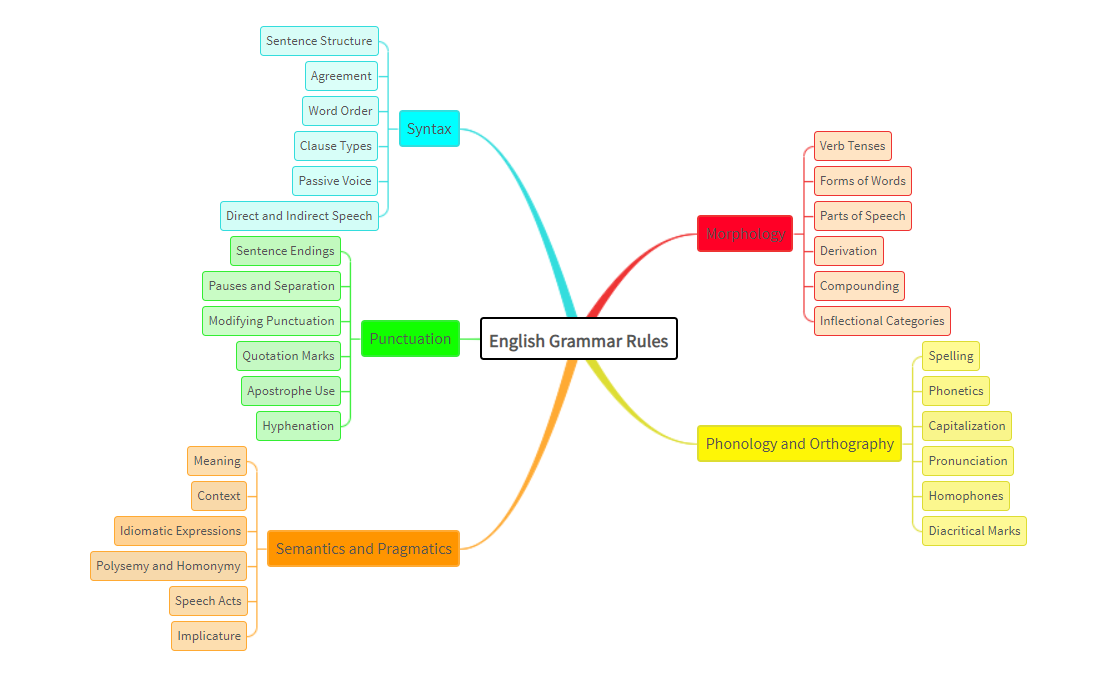
Table of contents
How Mind Maps Can Help With Learning Grammar Rules
Creating a Mind Map on English Grammar Rules: Step-by-Step Guide With Lumos StepUp
How Mind Maps Can Help With Learning Grammar Rules
Mind maps are invaluable tools for learning grammar rules because they provide a visual representation of complex concepts, making them easier to understand and remember. Here’s how mind maps can help with learning grammar rules:
- Visual organization: Mind maps simplify complex grammar rules by presenting them in a visually organized format.
- Simplification: They break down intricate concepts into bite-sized chunks, making them easier to understand and remember.
- Active engagement: Students actively participate in creating and interacting with mind maps, enhancing their comprehension and retention.
- Personalized learning: Mind maps allow for customization to suit individual learning styles and preferences, accommodating diverse student needs.
- Creative exploration: They encourage creativity and exploration as students connect grammar concepts in unique ways, fostering deeper understanding.
Creating a Mind Map on English Grammar Rules: A Step-by-Step Guide with Lumos StepUp
Step 1: Access Lumos StepUp Mind Maps: Log in to your teacher portal Lumos StepUp account and select “My Mind Maps” from the dashboard.
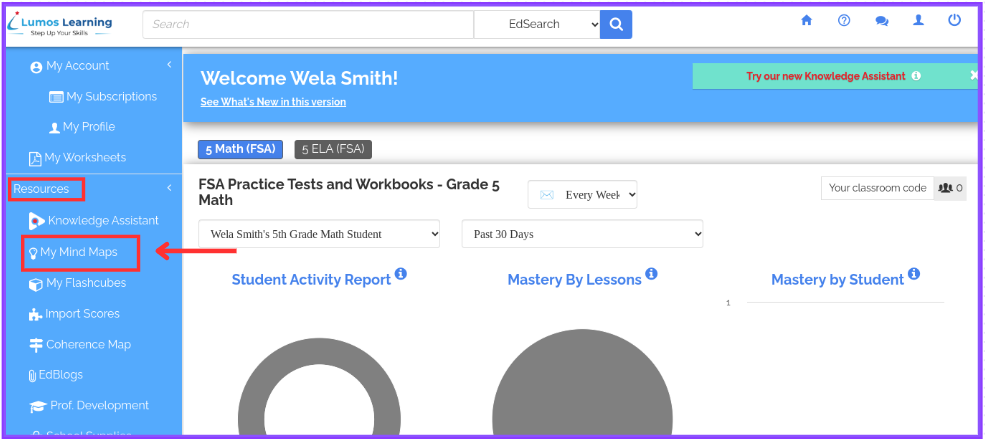
Step 2: Create a New Mind Map: Click on “Create New Mind Map” to initiate the mind map creation process.
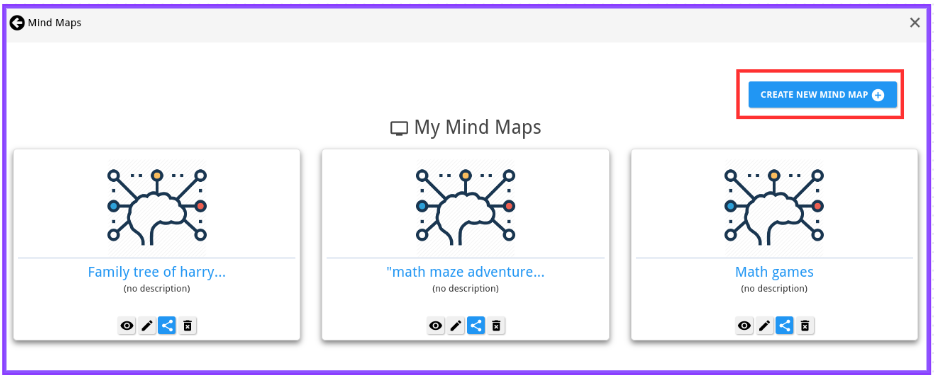
Step 3: Autogenerate Mind Map Using Topics: Select “Create using Topics” to utilize the autogeneration AI feature. Click on “GO” under “Create using Topic.”
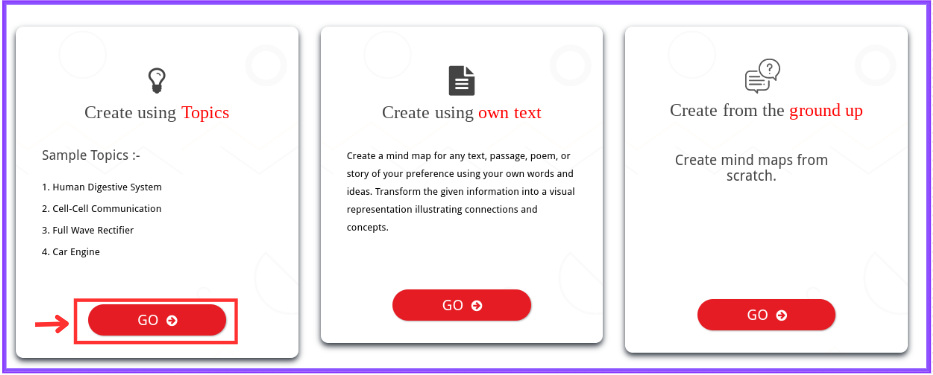
Step 4: Enter “English Grammar Rules” as the Topic: Type or paste “English Grammar Rules” in the provided text space and click on “Generate.” The system will take 2-3 minutes to autogenerate the mind map based on the chosen topic.

Step 5: Edit and Customize: Once autogeneration is complete, you’ll have an illustrated mind map of English grammar rules. Feel free to edit, and add colors, images, and icons to tailor the mind map to your preferences.
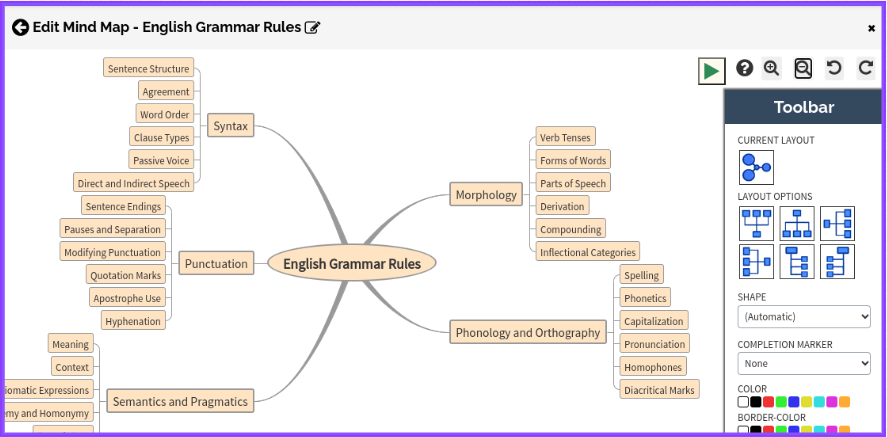
How to Edit Your AI-generated Mind Map
- Right-click on any of the box items to see available options, such as adding a text box, sub-items, deleting items, editing items, setting values, and more.
- Use the “Toolbar” on the right side of your screen to change the mind map layout, and shape, add/remove completion markers, add color, insert images, hyperlink text, and add icons for a visually appealing mind map.
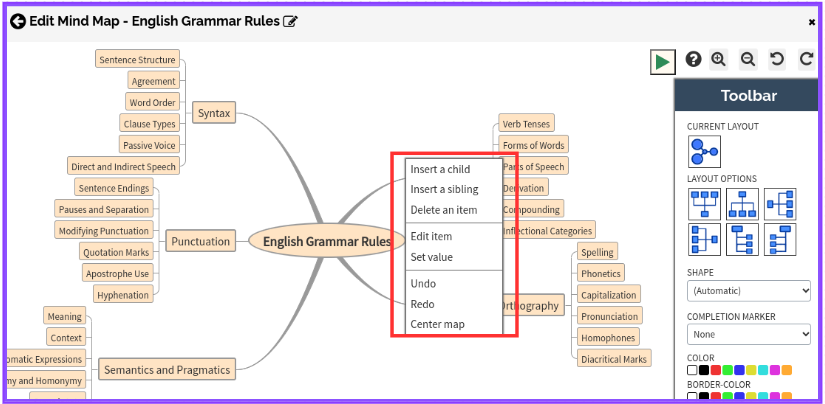
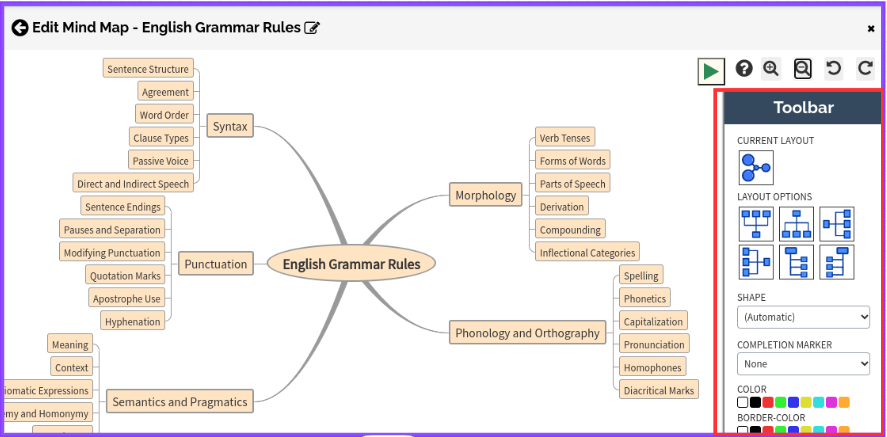
Encourage Students to Try AI-Powered Mind Maps
Once you have created your AI-generated mind map, share it with your students to view/edit the mind map and encourage them to create new mind maps on their own. You can do that as a classroom activity or give it to them as a homework assignment.
How to Share Your Mind Maps
Step 1: Click on the “Share” icon under your created mind map present on the “My Mind Maps” screen.
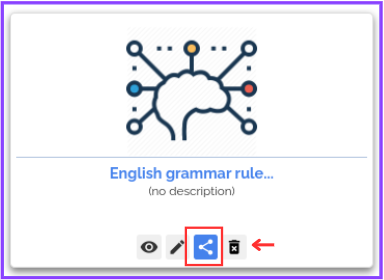
Step 2: Select the Student(s) list from the available options, then select the student(s) you want to share your mind map with and give them “View” or “Edit” permission access.
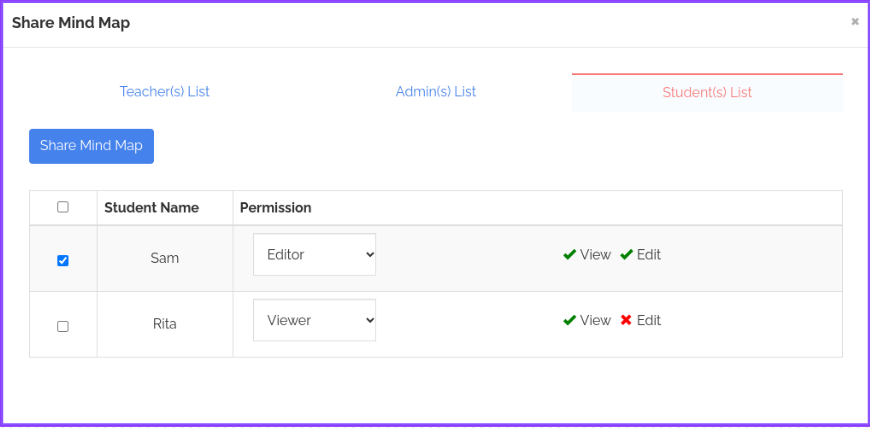
Step 3: The selected student(s) will then be able to view/edit the mind map based on the given permissions from their student accounts under the “Shared Mind Maps” section.

Using Grammar Rules Mind Maps in Class
Incorporating mind maps focused on English grammar rules into classroom instruction enhances students’ grasp and application of language skills:
- Introduction: Introduce the concept of mind mapping and its significance in understanding grammar rules.
- Exploration: Guide students in dissecting grammar concepts such as sentence structure, parts of speech, and punctuation rules using mind maps.
- Hands-on creation: Encourage students to construct their own grammar rules or any other related topic mind maps, fostering both creativity and analytical skills.
- Collaboration: Foster peer collaboration by encouraging students to share and discuss their mind maps, leading to deeper comprehension and insights into grammar rules.
- Assessment: Utilize grammar rules mind maps as assessment tools to evaluate students’ comprehension and application of English grammar principles.
Conclusion: Empowering Students Through Visual Literacy
Creating an illustrated mind map on “English Grammar Rules” using Lumos StepUp is a powerful and efficient method for language learners. The combination of structured organization and visual appeal enhances comprehension and retention.
Whether preparing your students for upcoming state ELA tests, refining their language skills, or simply exploring the intricacies of grammar, illustrated mind maps are key to unlocking a deeper understanding. Embrace the visual journey today and make English grammar a captivating part of your student’s language-learning experience.
